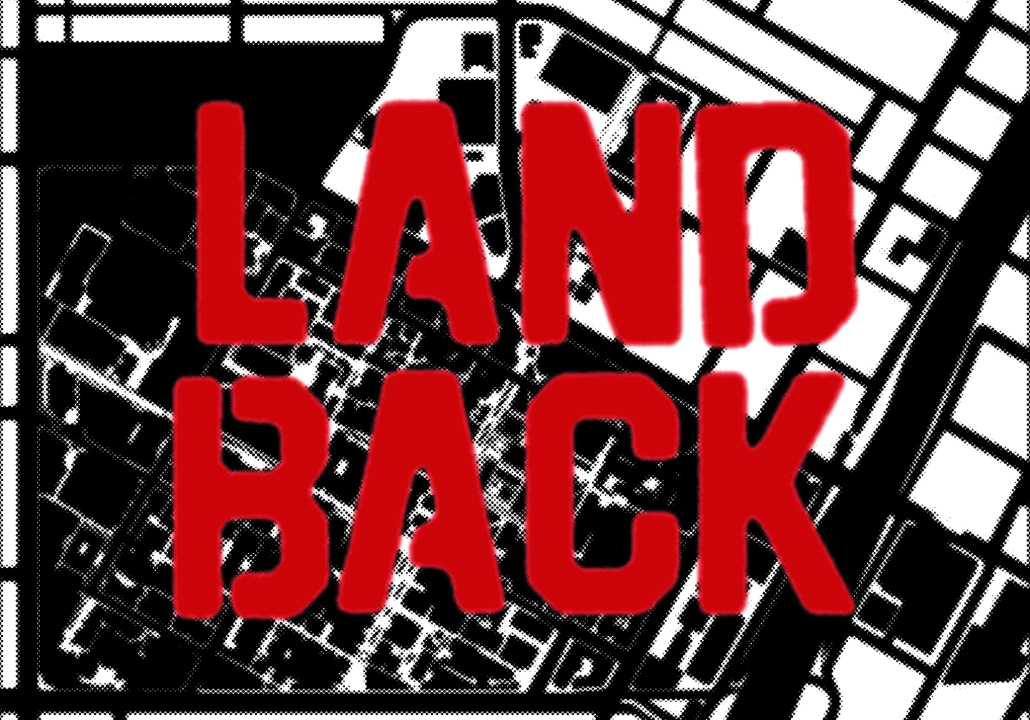Land acknowledgement is not enough
Before colonizers first contacted them in 1542, the Tongva people lived in the Los Angeles Basin for millennia, with some estimates pinpointing their first settlement around 9,000 years ago. At one point, the Tongva occupied around 4,000 square miles of land split among 100 villages.
However, this situation changed when the Spanish colonized the L.A. Basin in 1769, enslaving Tongva and destroying their villages. Not only did the Spanish destroy the Tongva’s physical culture, but they also usurped their identity, forcing Tongva to convert to Catholicism and change their tribe’s name to “Gabrieleño.”
Currently, the estimated 3,000 living Tongva are stuck in limbo. They are not federally recognized despite their well-documented history, which prevents them from accessing benefits such as self-determination — the right to govern themselves.
Founded in 1880, USC occupies the Tongva and other tribes’ land. Although every original colonizer is dead, we are still the beneficiaries of genocide.
In the last five years, we have begun to say that undermined part out loud. Universities and other large entities often institute “land acknowledgements” to address our colonial history. The statements will generally recognize the specific tribes who occupied and stewarded territory before European colonizers displaced them from their homes.
This bare minimum action, which just tells factual history, is already controversial. Last January, the California Assembly introduced the AB-1968 Tribal Land Acknowledgement Act of 2020, which would encourage public institutions to incorporate land acknowledgement into their spaces. However, the bill stalled in the California Senate in November 2020, which shows the United States government’s reluctance to engage in transformative justice with Indigenous populations.
Like the state of California, USC does not have a formal land acknowledgement. The closest thing to an official statement is a land acknowledgement from the USC Dornsife Department of History, which is comprehensive in its account of Tongva history. However, one college subdepartment releasing a statement does not equate to the institution itself taking a stand. It is unclear why USC wouldn’t publish a permanent land acknowledgement, as it has posited multiple times that racial justice is a priority issue.
Both institutions and individuals should acknowledge the Indigenous ancestors who once lived on the land we occupy. However, a fundamental problem with land acknowledgement is how institutions appropriate it to avoid further responsibility. For example, while USC needs to acknowledge its occupation of Tongva land, we owe a debt to Indigenous people that stretches far beyond that.
When an institution admits its existence and prosperity squarely derives from bloodshed and genocide, their victims do not receive justice. These words are empty and distract from reality: Without opposition, colonizers will continue to exist and prosper from that same bloodshed.
However, the situation would be different if an institution such as USC said, “Our University only operates because of the ethnic cleansing and forced displacement of Tongva people from the L.A. Basin, and we commit to actions x, y, and z to repair our violent history.” As a tool of transformative justice, land acknowledgement is solely a first step, validated by tangible actions that address systemic oppression.
It is impossible to restore the world to its pre-colonialism state. Even if USC ceded all of its property to the Tongva today, we would not restore total sovereignty, as the U.S. would still lay claim to the land to some extent.
However, there is precedent for land returns in California. In 2018, the Pacific Forest and Watershed Lands Stewardship Council gave Tásmam Koyóm, a 2,325-acre plot of land that ancestrally belonged to the Maidu tribe, to the Maidu Summit Consortium. The Council took matters into its own hands and redistributed the land back to the original, rightful owners.
LANDBACK, an Indigenous liberation movement, outlines a comprehensive reparations strategy, including land, language, ceremony, food, education, housing, healthcare, governance, medicines and kinship. Through this framework, USC should analyze how we can genuinely pursue racial justice. Otherwise, ignoring any one of these elements is only complacency.
The University should award larger financial aid packages to Indigenous students and collaborate with the Native American Student Assembly to a greater extent. While NASA is a relatively new student organization and these partnerships may already be forming, it is essential USC allows Indigenous students more control over making the campus an affirming space.
On a broader scale, USC should expand its impact beyond campus. According to a 2017 report, USC catalyzes around $6.11 billion annually across L.A., making the University one of the most significant economic powerhouses in the city.
If the USC administration wants to prioritize racial justice, Indigenous liberation must be on its agenda. As a community, we should not be satisfied if we do not see Indigenous people, groups and organizations centered in private and nonprofit partnerships.
It’s simple to believe the U.S. will never offer up tangible reparations to Indigenous communities. However, this belief is a self-fulfilling prophecy. If we concede that land acknowledgement is the best an institution can offer, then it will be the only action it takes. However, if we demand more, divestment and returns may become a reality, as they did in Tásmam Koyóm.


